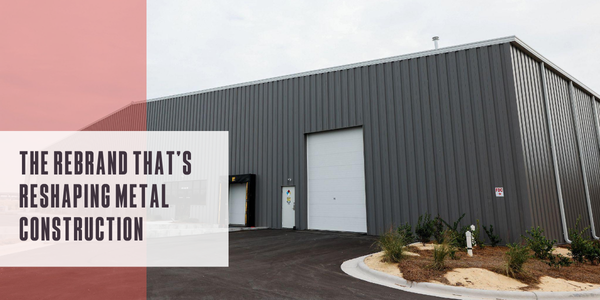UP TO THE MINUTE
Smart subcontracting

By Emma Peterson.
Understanding the different forms and classifications regarding subcrews is crucial to proper management.
The goal of all businesses is sustainable growth, and in the roofing industry growth tends to lead to the involvement of subcontractors. But taking this next step with your company can present a variety of new challenges. In this Read Listen Watch®, Karen Edwards spoke to Trent Cotney and Justin Bedwell about navigating the process of working with subcrews.
Trent works with Adams and Reese, specializing in OSHA defense, contracts and licensing, and Justin is the owner of Camouflage Roofing & Construction in Oklahoma. Trent shared some statistics about why this is such an important topic to be covering, “90% of residential are using subcontract labor. It might not be 100%, but a large portion of that is up there. And then on commercial side, it's anywhere from 60 to 75%.”
When it comes time to bring subcontractors on, there are two main ways, either hiring 1099 subcrews or W-2 employees. The 1099 is the route that Justin prefers in his business, “For me, in Oklahoma 1099 has become keen, but it's one of those situations where you have to go based off of the market.” Justin prefers using the 1099s because they promise an awarded amount for the project's completion where a W-2 is often paid hourly. He explained, “Every client wants efficiency. The most efficient way to do a roofing job, especially in residential, is one day get in, get it torn down, clean it up, get everything installed and then clean it up, move along and you get in and get out of the neighborhood. When guys are paid by the hour, they're going to want three to five days to take care of the same project that can be done in one or two.”
It is important to understand the differences between the two employment types, especially after the March 2024 legislation that outlined six different factors that determine how a subcontractor should be classified. Trent explained, “The factors look at are a variety of different things. They want to look at to what degree is a sub truly independent? Do they operate like a business? Do they have their own website? Do they only work for you or do they work for other people? Do they wear your gear?”
This can be very overwhelming, and Trent shared that he’s gotten many questions asking what to do. His answer? The safest thing is to make every person that works for you and no one else a W-2 worker. However, he noted that this is not the most effective business move, “If you did everything that I told you to do, your accountant told you to do and your insurance agent told you to do, you'd be out of business. So you have to factor in the real world and combine that with a legal to get within an acceptable tolerance of risk mitigation.” His solution is to look at the risks involved in the different positions, such as sublabor versus sales, and make your decision based on the situation.
Read the transcript, Listen to the episode or Watch the interview for more details about 1099s, W-2s and hiring subcontractors.
Learn more about Adams & Reese LLP in their Coffee Shop Directory or visit www.adamsandreese.com.
The information contained in this article is for general educational information only. This information does not constitute legal advice, is not intended to constitute legal advice, nor should it be relied upon as legal advice for your specific factual pattern or situation.
About Emma
Emma Peterson is a writer at The Coffee Shops and AskARoofer™. Raised in the dreary and fantastical Pacific Northwest, she graduated in 2024 from Pacific University in Oregon with a degree in creative writing and minors in graphic design and Chinese language. Between overthinking everything a little bit, including this bio, she enjoys watching movies with friends, attending concerts and trying to cook new recipes.



















Comments
Leave a Reply
Have an account? Login to leave a comment!
Sign In